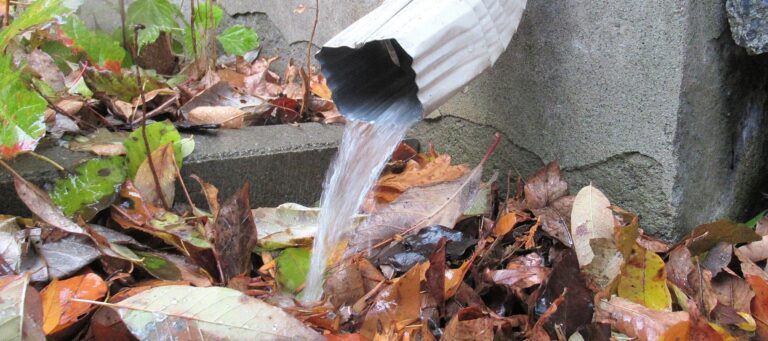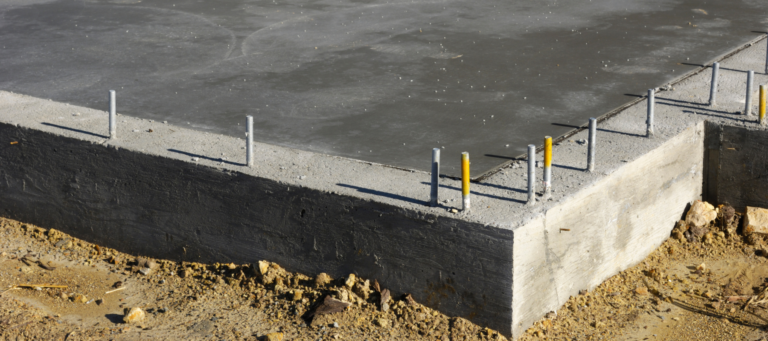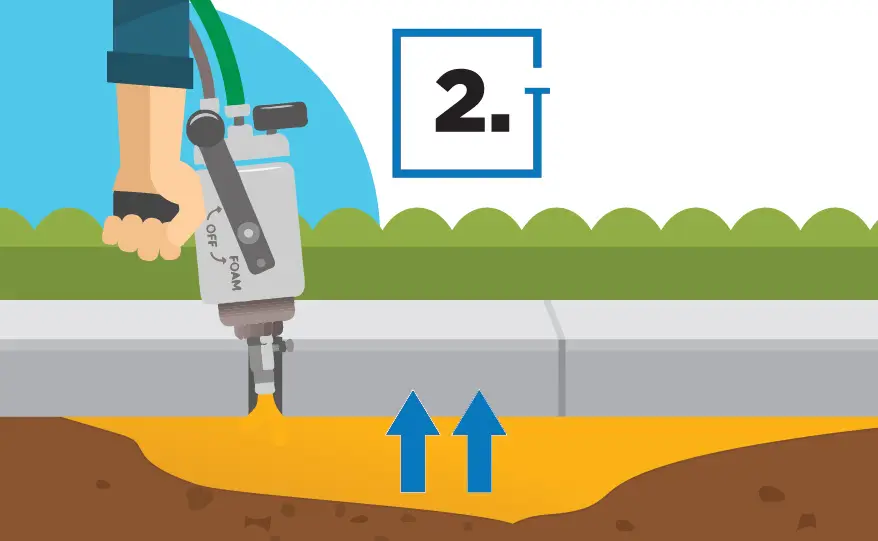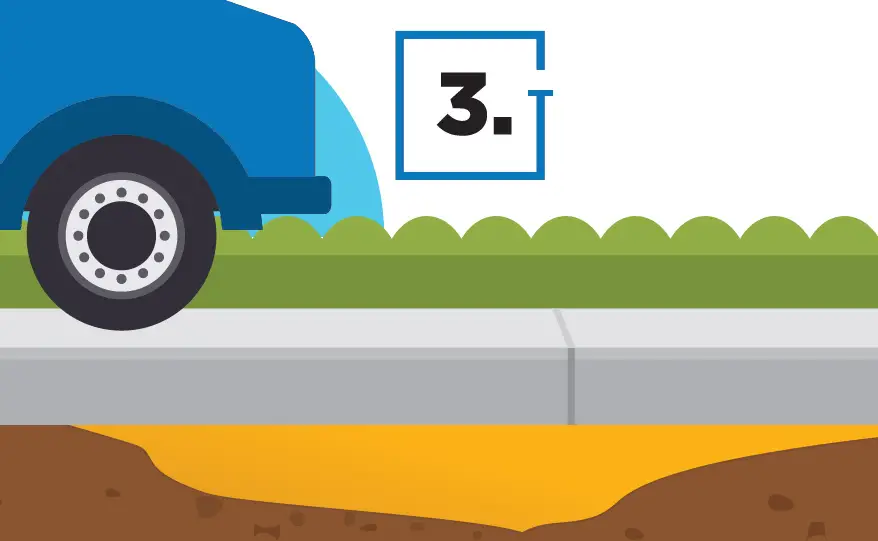Sinkhole Remediation Texas Homeowners Can Rely On
When the ground beneath your home begins to shift, it’s more than just unsettling — it’s a serious threat to your well-being and property. Sinkholes can appear without warning. When they do, they can cause foundation damage, concrete repair problems and safety concerns. G.L. Hunt Foundation Repair specializes in structural repairs to restore stability to your property.
Our local foundation repair company specializes in sinkhole repair methods for property owners across Texas. You can trust that we’ll address the issue quickly, safeguarding your space for the long term.

How Do Sinkholes Form?
Sinkholes are depressions in the ground that occur from a collapse in the surface layer. These large holes typically form from natural erosion processes. Water can cause weathering, gradually removing limestone bedrock beneath the ground. This process can leave properties above it vulnerable to damage and structural problems.
These large holes can also be human-induced. When land surfaces are changed during construction or new water-diversion systems are developed, the weight of runoff and water can make it challenging for underground materials to support the structure above it. These changes can lead to a collapse — especially in Texas — where limestone is common.
How Do You Repair A Sinkhole?
Sinkhole remediation utilizes various techniques. As Texas’ top choice for foundation repair and structural solutions, G.L. Hunt is here to explain the thorough repair process.
Compaction Grouting
A structural specialist can fill sinkhole-induced voids in the ground using grouting. Grout comes in different forms, such as cement or chemical polyurethane grouting. This addition helps to stabilize soil and prevent it from moving. Not only does this correct voids in the ground, but it can also correct sloping floors from property movement.
Compaction grouting provides the necessary foundation reinforcement for properties affected by ground depressions. This process increases the weight soil can bear, thus providing adequate support for your property.
Underpinning Techniques
Underpinning is a technique that is commonly used alongside other sinkhole remediation methods. This process doesn’t fill voids in the ground, but it does provide foundation support for properties affected by sinkhole activity.
Steel foundation piers are inserted into the load-bearing soil beneath the ground depression. These piers transfer the property’s weight to the soil that can properly support it. The affected structure is lifted and supported, stabilizing and securing the area.
The Importance Of Sinkhole Remediation
When sinkholes occur, swift action is critical! Investing in remediation techniques ensures the safety of your home and prevents additional foundation problems from occurring. Additionally, it preserves the value of your property for years to come.
Common Sinkhole Warning Signs
Aside from a visible hole in the ground, sinkhole activity will show a few warning signs when one forms beneath your property. G.L. Hunt is here to share a few warning signs to be on the lookout for:
- Ground issues, craters or soft soil
- Driveway cracks
- Sagging fence posts
- Foundation settlement
- Tree root exposure
- Foundation and wall cracks
- Nails popping out of drywall

Why Choose G.L. Hunt As Your Sinkhole Repair Contractors?
As a family-owned company, our team understands the importance of maintaining a safe home. If swift action isn’t taken, ground depressions can be detrimental to your property. Our team uses industry-grade technology and decades of experience to correct sinkhole formation.
Our team is committed to excellence, which you can expect with every single service we provide. From the initial consultation to the final result, we strive for lasting structural solutions across Texas.
Need Expert Foundation Services? Hunt No Further!
If you need foundation repair services in Dallas, Fort Worth, Austin or San Antonio, choose G.L. Hunt Foundation repair to take on the task! Our team is ready to provide expertise that restores stability to your home.
Contact us today to learn more about our local sinkhole remediation services!














